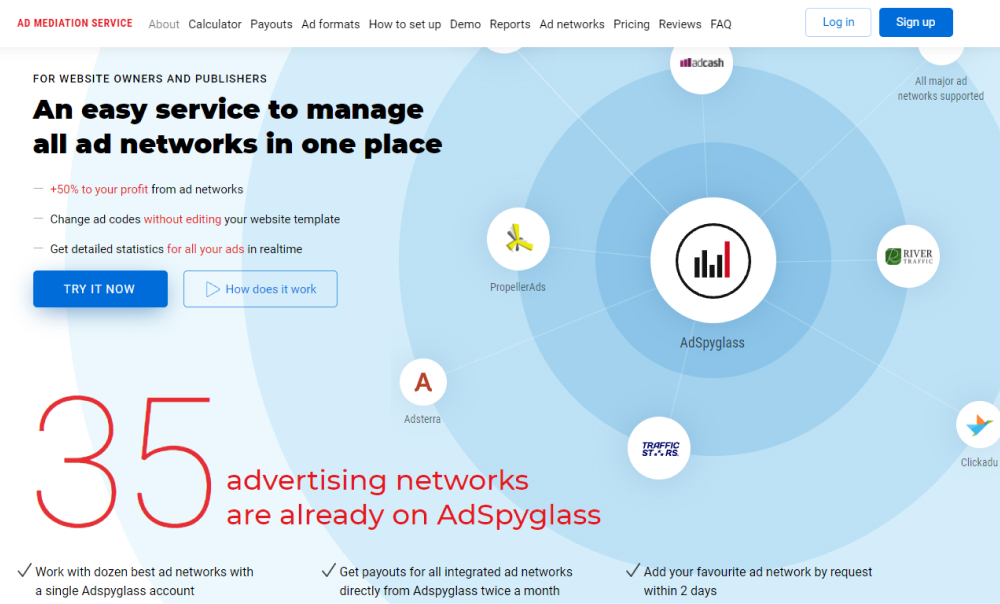Opt-out is a term that is the opposite of the opt-in term. If the user, for some reason, decided to opt-out, this means that he or she does not agree with the predefined conditions, and also does not want to participate in a certain set of actions or activities.
In total, there are two forms of how to offer opt-outs to users.
The first is a pre-emptive opt-out, in which users can check a marked box – or otherwise undo a confirmation to indicate that they are not interested in the actions the company offers them.
Another form of opt-out is consent withdrawal. The essence of this method is that the company offers users a way to revoke their permission or change their preferences after users have provided their first-priority consent.
The user has the right at any time to inform any company that sells his personal information to third parties not to sell confidential information about the user. This right may be referred to as the right to opt-out. This opt-out should be made available to users through a link on your homepage and in your privacy policy that reads: “Do Not Sell My Personal Information”.
